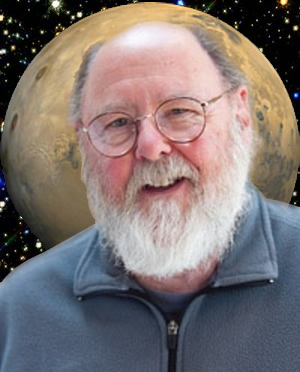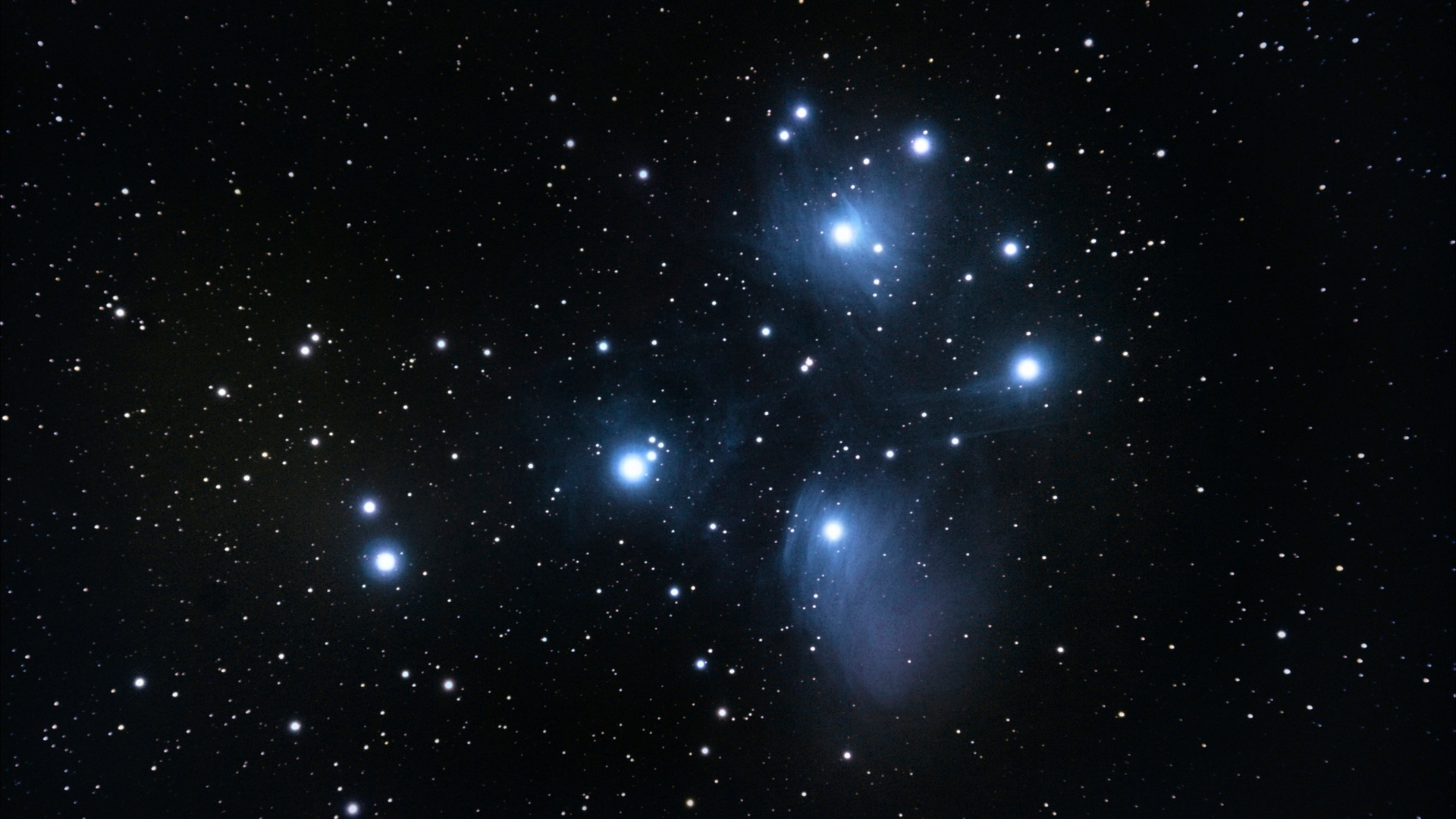Getting Business Off The Ground
Lowering the price tag ofaccess to space is a familiar mantra in launch-for-hire circles. UP AerospaceInc. of Farmington, Conn., is focusing its efforts to meet that challenge onthe needs of educational, commercial, government and entrepreneurial customerswho need affordable ways to conduct space experiments.
The workhorse rocket ofUP Aerospace is the SpaceLoftXL, a 6-meter tall, single-stage, solid-fuel booster designed to launchmultiple small payloads up to 225.3 kilometers above the Earth on a suborbitaltrajectory that takes 15 minutes from takeoff to landing.
UP Aerospace is operatingfrom the first launch pad installed at the fledgling New Mexico SpaceportAmerica ? a sprawling site that is roughly 70 square kilometers of open,generally level land north of Las Cruces and east of Truth or Consequences.
The SpaceLoft XL is beingflown under Federal Aviation Administration amateur rocketry rules.
While cutting its teethon the suborbital market, the start-up company envisions a family of boostersto loft larger and heavier payloads as it moves toward an orbital capability.En route to that goal, UP Aerospace is refining a number of approaches ? frompayload integration to quick turnaround operations ? to help curb the cost ofhurling payloads into space.
"Before we get to anorbital vehicle, we have plans for larger suborbital vehicles that are biggerby volume and also weight. We plan to develop those as we move along," saidJerry Larson, president of UP Aerospace Inc., with its primary business officein Highlands Ranch, Colo.
Larson said the companyhas scripted launch operations plans that would allow it to launch multiplerockets in a single day. "We?ve designed from the very beginning to havelaunch operations done by as few as three people ? to put vehicles togetherquickly on the launch pad and recycle for another flight within a fewhours," Larson said in a May 15 telephone interview with Space News.
Breaking space news, the latest updates on rocket launches, skywatching events and more!
The big advantage that UPAerospace is striving to bring to the marketplace is a new affordable costpoint, said Eric Knight, co-founder of UP Aerospace and the firm?s chiefmarketing officer. "We want to bring that same cost thriftiness to orbitalflights," he added, eyeing, in particular, the launch of small, nano- andpico-sized spacecraft.
"The way we see it,there?s going to be this intersection of more and more capable, smaller andsmaller packages. We?re trying to intersect our growth and capabilities withthe maturity of those smaller satellites," Knight told Space News in a May14 phone interview. "We feel there?s an under-served market, but a growingmarket there. We want to be at the right place when that market matures."
UP Aerospace is ridinghigh after its SpaceLoft XL (SL-2) suborbital rocket lifted off from Spaceport America April 28, with an array of educational, scientific and commercial payloads. Therocket reached some 117.5 kilometers altitude before nosing back to terrafirma.
The payload included morethan 40 scientific experiments designed and developed by 800 students fromteams around the United States and the world, including Alaska, Puerto Rico andthe Netherlands. The University of Colorado at Boulder fabricated another SL-2payload, in tandem with the NASA Space Grant program. A proof-of-concept"RocketSat" payload consisted of several experiments including a GPSreceiver and a video camera.
Also on board wasAstrata/RocketFoto, a start-up enterprise that sends personal photos onround-trip space missions for its customers.
The SL-2 takeoff alsomarked the initiation of Legacy Memorial Spaceflight Mission flights, abusiness venture of Celestis Inc. of Houston, a group that flies the crematedremains of individuals into space.
On board the SL-2 werethe ashes of television and movie actor James Doohan, best known as "StarTrek?s" "Scotty" and pioneering NASA Mercury astronaut L.Gordon Cooper, as well as the ashes of some 200 other individuals from allwalks of life.
Due to a late change inrocket trajectory and wind pattern, however, the SL-2?s rocket body and payloadcanister individually parachuted into hard-to-search-terrain within a targetedzone inside the White Sands Missile Range. Bouts of bad weather over severalweeks hampered helicopter searches for the rocket hardware. Making the searchmore frustrating, several tiny transmitters on the payload section had becomedetached during descent.
The payload container waseventually recoveredMay 18 ? three weeks after launch.
While bolstered by lastmonth?s flight success, UP Aerospace suffered through a mishap when itsSpaceLoft XL failed Sept. 25. That inaugural launch of the suborbital boosterfrom New Mexico?s Spaceport America experienced problems that led to rocketcorkscrewing in the air, then plowing into desert landscape after 90 seconds offlight and wrecking onboard payloads.
An investigation into theflight anomaly revealed that an aerodynamic stability margin in the rocket wastoo low, and the vehicle was designed incorrectly not to spin fast enough onascent. Corrective actions were taken for the return to flight of the SpaceLoftXL.
"It takes time andit takes flights to work out the kinks. That?s kind of where we are now,"Larson said. The loss of the first SpaceLoft XL was painful, "but I thinkthat goes with this type of business."
Larson said developmentwork on the orbital launcher already has begun.
Components of that futurerocket, such as separation gear, were flown on the SpaceLoft XL to help proveout subsystems.
Working on launch vehiclesfrom a "clean slate" offers a better chance of finding and developingrocket launch solutions that are less expensive, Larson said.
UP Aerospace is usingautomated launch procedures, as well as pre-assembly of the rocket at thefactory to minimize on-the-pad preparation. Another feature of their service isproviding payload customers special containers for their experiments so theycan be loaded into the rocket "like batteries in a flashlight,"Larson said.
As for the lengthyrecovery time for the SL-2 mission, Larson said it?s another bump on the roadas UP Aerospace increases its flight rate. "We?ll learn from thisexperience and make changes appropriately."
Identifying thesuborbital customer base is "a business model that we?re inventing as wego," Knight noted. "We?re a transportation service like United ParcelService or Federal Express ... that?s the closest business model that we haveto work from," he said.
Three to four launches ofthe SpaceLoft XL from Spaceport America are possible before year?s end, Knightsaid. "Next year we?re looking to ramp up from that substantially ? butalso in a measured way."
Dan Hanle, chiefexecutive officer for UP Aerospace, sees UP Aerospace as a very scaleablebusiness ? which is the intent of the launch provider as it modularizes,standardizes and customizes its operations. Further improvements in payloadhandling, launch and recovery abilities filter into reductions in fixed costs,he explained to Space News in a May 18 phone interview.
"So our fixed costcould go down while we are scaling up the business," Hanle observed."Our experience curve is going to be quick. We won?t have to fire ahundred rockets to come down that curve, by my estimation. Five or six roundsand we?ll probably have zoomed in on minimum essentials ? and have improvedthat part of our business model as well."

Leonard David is an award-winning space journalist who has been reporting on space activities for more than 50 years. Currently writing as Space.com's Space Insider Columnist among his other projects, Leonard has authored numerous books on space exploration, Mars missions and more, with his latest being "Moon Rush: The New Space Race" published in 2019 by National Geographic. He also wrote "Mars: Our Future on the Red Planet" released in 2016 by National Geographic. Leonard has served as a correspondent for SpaceNews, Scientific American and Aerospace America for the AIAA. He has received many awards, including the first Ordway Award for Sustained Excellence in Spaceflight History in 2015 at the AAS Wernher von Braun Memorial Symposium. You can find out Leonard's latest project at his website and on Twitter.
